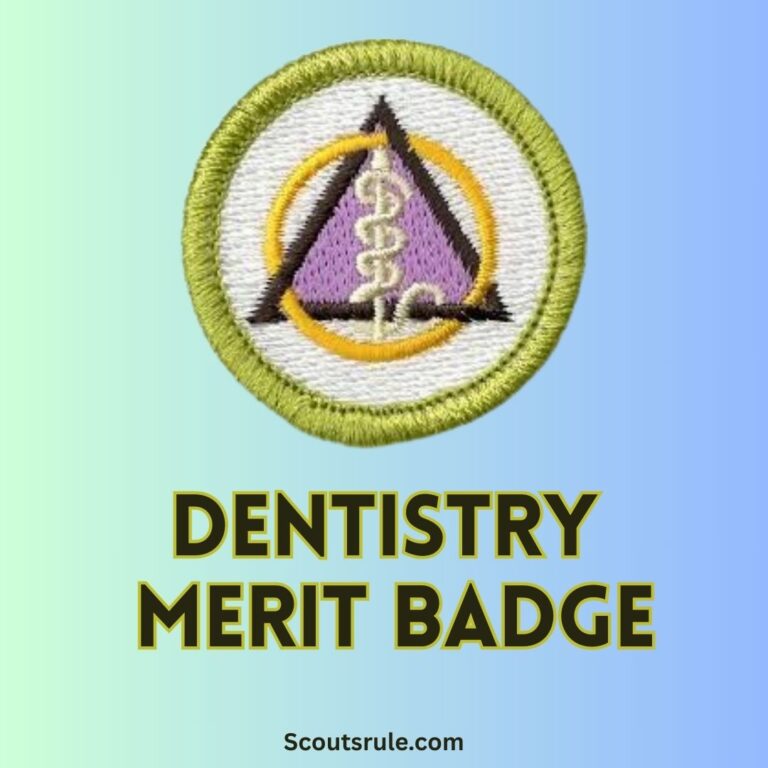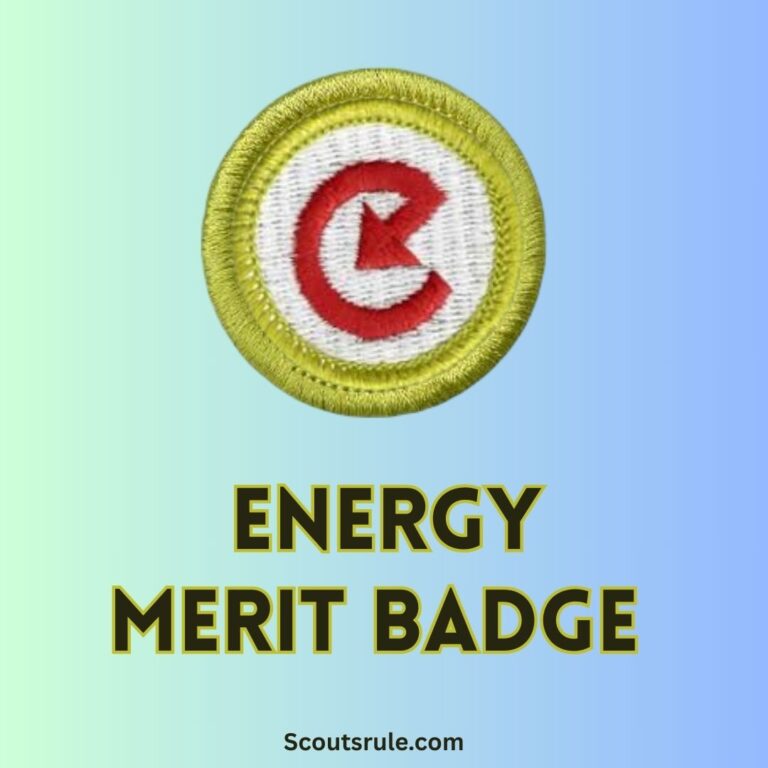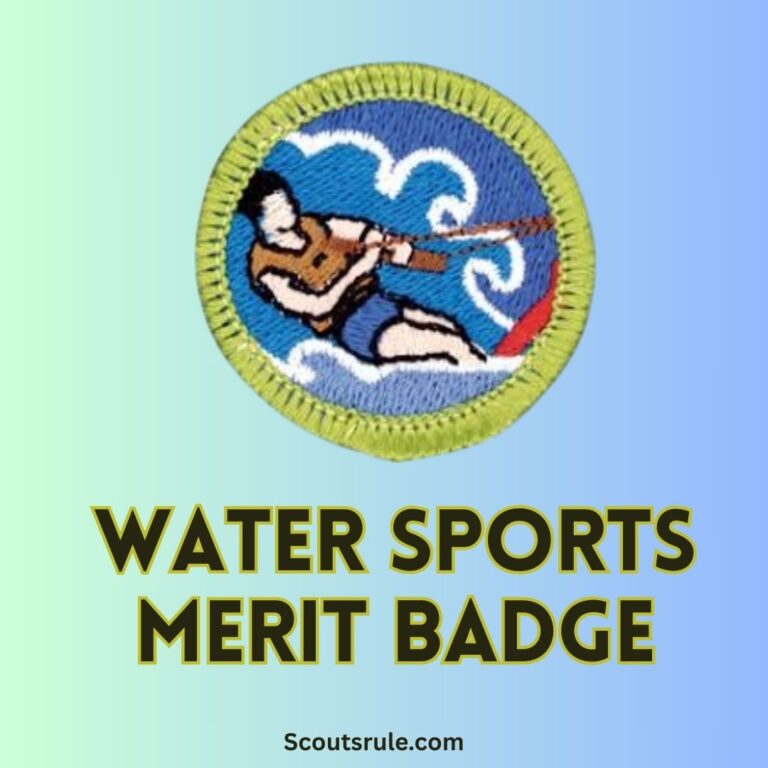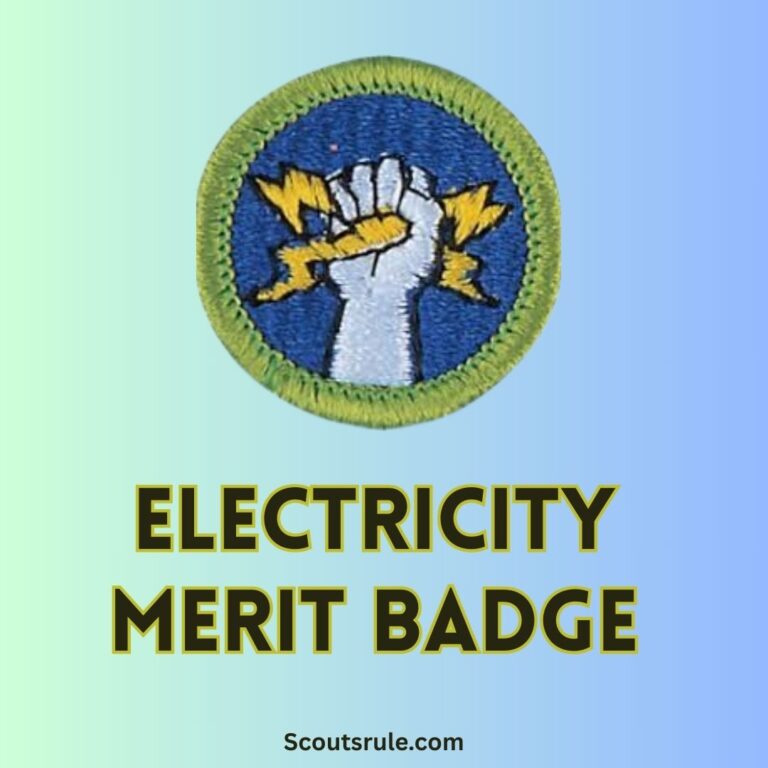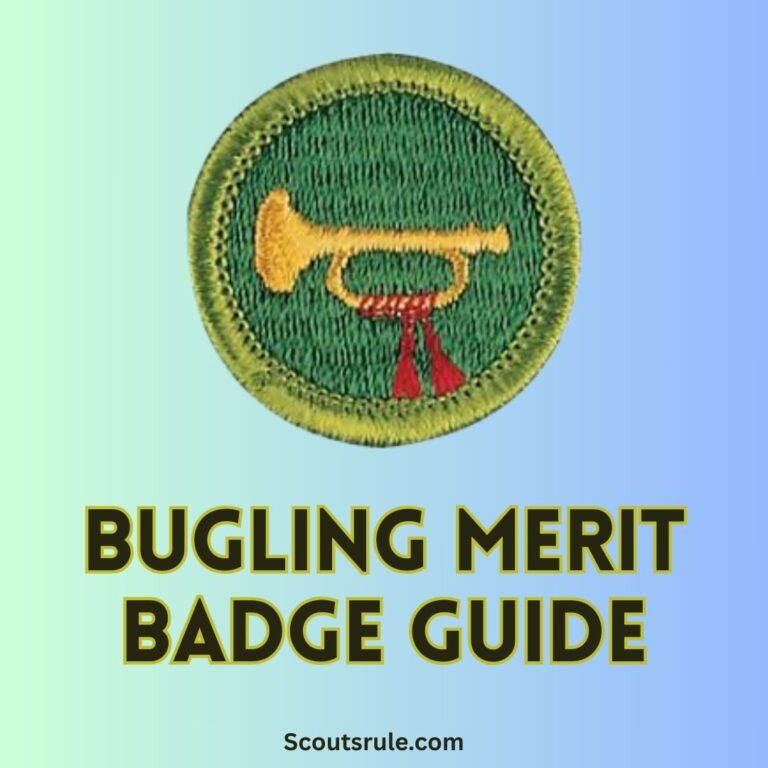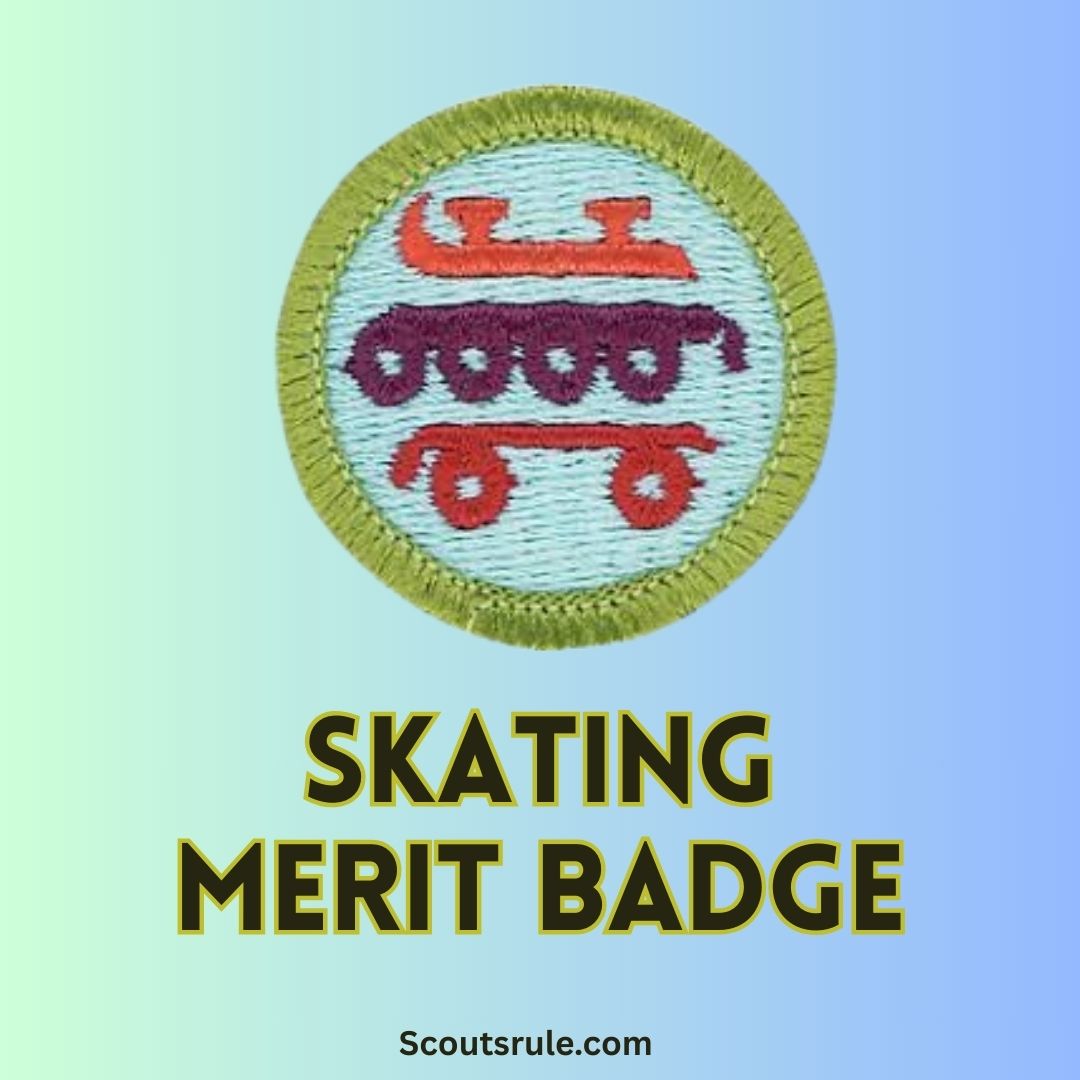
This guide is intended to help Scouts and other interested learners understand the requirements of the badge—from safety procedures and first-aid awareness to on‐water (or on‑surface) skills and proper etiquette for skating. Whether you enjoy gliding on ice, rolling on inline skates or roller skates, or even trying your hand at skateboarding, the merit badge offers the chance to improve balance, coordination, and overall fitness while learning essential safety and teamwork skills.
Post Contents
- Introduction: The Thrill and Benefits of Skating
- 2. Overview of the Skating Merit Badge
- 3. Prerequisites and General Guidelines
- 4. Requirement 1 – Safety and First-Aid Procedures
- 5. Requirement 2 – Skating Options and Skill Demonstrations
- 6. Requirement 3 – Technique, Control, and Maneuvering
- 7. Requirement 4 – The Skating Safety Code and Courtesy Rules
- 8. Requirement 5 – Teamwork, Buddy System, and Communication
- 9. Additional Tips and Resources
- Conclusion: Rolling Forward with Confidence
Introduction: The Thrill and Benefits of Skating
Skating is not just a sport—it’s a dynamic way to stay active, develop balance and coordination, and build confidence. Whether you find freedom on a smooth ice rink, cruise along a sidewalk on roller skates, or master the skills of inline skating or skateboarding, each discipline offers its unique set of physical and mental benefits.
The Skating Merit Badge challenges you to master the techniques that keep you safe while pushing your limits in balance and control. As you learn about appropriate gear, recognize potential hazards, practice essential maneuvers, and obey safety and courtesy rules, you not only develop a love for skating but also gain life skills in safety, teamwork, and discipline.
This guide will walk you through every relevant detail—from analyzing the fundamental hazards and first-aid protocols to understanding what it takes to perform skillful moves on various skating platforms. Whether you’re a beginner or have some experience, the process of earning this merit badge can elevate your skills and help build a foundation for lifelong enjoyment of skating and related activities.
2. Overview of the Skating Merit Badge
The Skating Merit Badge is structured to evaluate both your theoretical understanding and practical abilities in skating. The badge requirements generally include:
- Requirement 1: Discuss and demonstrate safety knowledge. You must explain the most common hazards associated with skating and what can be done to prevent, mitigate, and respond to them. You’ll also be required to show your understanding of first aid as it relates to typical skating injuries (such as hypothermia, frostbite, abrasions, fractures, sprains, concussions, blisters, and heat-related reactions).
- Requirement 2: Choose one of several skating options (such as ice skating, roller skating, in-line skating, or skateboarding) and demonstrate the required skills associated with that option. Each option has its own specific challenges and performance goals.
- Requirement 3: Demonstrate control and maneuvering—this involves specific skating skills such as gliding forward and backward, making well-controlled stops, turning effectively, and recovering from a fall if necessary.
- Requirement 4: Review and commit to the safe practices and courtesy rules associated with skating, as defined by the Water Sports Safety Code (adapted for skating) and any local guidelines.
- Requirement 5: Emphasize teamwork by explaining the importance of the buddy system and by performing coordinated maneuvers with a partner.
By completing these requirements, you demonstrate that you not only can skate proficiently but that you also appreciate the importance of safety, maintain proper communication, and work effectively with others in a dynamic physical environment.
3. Prerequisites and General Guidelines
Before embarking on the Skating Merit Badge, you should have:
- Basic Swimming Competency: Although the badge focuses on skating, operators assume you know how to safely navigate water-related emergencies (for example, if a wet-skating situation arises on ice or near a water hazard).
- Knowledge from the Swimming Merit Badge: Familiarity with general water safety can be a helpful background, as it ties into handling unexpected falls or collisions.
- Willingness to Practice: Skating, whether on ice or wheels, requires practice and perseverance. Be prepared to practice under supervision and with appropriate gear.
Always check with your local merit badge counselor for any additional local requirements or guidelines before beginning.
4. Requirement 1 – Safety and First-Aid Procedures
Safety is the cornerstone of the Skating Merit Badge. The first task is to exhibit a comprehensive understanding of how to anticipate, prevent, and respond to potential hazards.
4.1 Identifying Common Hazards
When you explain your safety knowledge to your counselor, cover topics such as:
- Clothing and Gear Hazards: Incorrect or non-protective clothing increases the risk of cuts, abrasions, and falls. For example, wearing loose clothing or jewelry that could catch on skate parts.
- Surface Hazards: Irregular or slippery surfaces on an ice rink, uneven pavement when roller skating, or debris in a skate park can lead to falls and injuries. Always be aware of your surroundings.
- Collision Risks: The risk of collisions with other skaters, obstacles, or stationary objects is always present, and you must understand how to maintain a safe distance and anticipate others’ actions.
- Physical Stress: Extended skating sessions can result in fatigue, muscle strain, or even hypothermia in cold conditions (for ice skaters) if proper layers are not worn.
- Equipment Faults: Skates that are poorly maintained (worn wheels, loose bindings, or dull blades) can cause your performance to falter, resulting in falls or twists.
4.2 Essential First-Aid for Skating-Related Injuries
Explain and demonstrate your understanding of first aid for injuries most common in skating:
- Cuts and Abrasions: How to properly clean and dress small cuts or scrapes to prevent infection.
- Fractures, Sprains, and Strains: Basic steps to immobilize an injured limb and when to seek professional assistance.
- Blisters: Preventing and treating blisters that often form from friction between your feet and the skate boots.
- Head Injuries and Concussions: Recognizing the signs of a concussion and understanding when to withdraw from further physical activity.
- Hypothermia or Frostbite (for ice skaters): Understanding symptoms and necessary actions, such as rewarming and seeking medical help if symptoms persist.
- Heat-Related Reactions (for outdoor roller/in-line skating): Recognizing dehydration, heat exhaustion or heat stroke, and knowing when to cool down and hydrate.
Discuss these hazards and first-aid measures with your counselor, and if possible, demonstrate how to treat a minor abrasion or explain the proper method to wrap a bandage. This chapter sets the stage—by proving that you know how to protect yourself and others, you are one step closer to becoming a responsible skater.
5. Requirement 2 – Skating Options and Skill Demonstrations
The badge offers several options for its second requirement, allowing you to choose one that best suits your interest and proficiency. The options typically include:
5.1 Option A: Ice Skating
If you choose ice skating, you will be required to show proficiency in the following areas:
- General Safety and Courtesy Rules: Explain what safety procedures must be followed in a public ice skating rink. Discuss any adaptations needed for skating outdoors on natural ice, including how to assess ice thickness and make a proper ice rescue.
- Parts and Functions of Ice Skates: Identify the different components of an ice skate (blade, boot, tongue, etc.) and explain how proper maintenance and care prolong the life of your skates.
- Carrying and Storage Practices: Describe the correct way to carry ice skates to avoid damage (for example, using a protective bag) and how to store them during the off-season to prevent rust and deformation.
5.2 Option B: Roller Skating
For roller skating:
- Safety and Equipment: Identify safety gear (helmets, knee pads, elbow pads, wrist guards) and explain their importance during roller skating. Discuss how to choose proper roller skates that fit securely.
- Skating Techniques: Demonstrate forward motion for at least 40 feet, then execute a controlled stop using techniques such as the two-footed snowplow stop or one-footed variant.
- Gliding Techniques: After achieving forward motion, showcase your ability by gliding on two feet and then one foot (alternating left and right), highlighting balance and control.
5.3 Option C: In-Line Skating
If you prefer in-line skating, your requirements might include:
- Introduction and Equipment Check: Describe the unique components of in-line skates, including the boot, frame, and wheels, explaining how they differ from roller skates.
- Control and Maneuvering: Demonstrate the ability to glide, stop smoothly, and change directions while in-line skating. The emphasis is on maintaining balance and control.
5.4 Option D: Skateboarding
For those interested in skateboarding:
- Skateboard Parts and Safety Gear: Identify the parts of a skateboard (deck, trucks, wheels, bearings) and discuss the importance of riding with appropriate safety gear (helmet, pads).
- Basic Skills Demonstration: Show competency in riding forward, stopping safely, and performing basic tricks or maneuvers (such as pushing and turning). Emphasis is placed on balance and proper technique.
- Skatepark Etiquette: If you practice in a skatepark, discuss typical behavior and rules to ensure safety and order among riders.
Your chosen option requires you to prepare, practice, and perform the required skills in a controlled and safe setting. Make sure to document your progress through photographs, videos, or written logs that detail your rehearsal and achievement. Discuss any challenges you’ve experienced and how you’ve overcome them during training.
6. Requirement 3 – Technique, Control, and Maneuvering
Beyond demonstrating basic movement, you are expected to refine your technique. This may involve:
- Skill Drills: Practice specific drills that show control and balance. For example, you might be asked to perform a series of turns, controlled stops, and “glides” that require shifting weight to guide your movements.
- Recovery Strategies: What do you do if you lose your balance or fall? Explain and, if possible, demonstrate safe dismounting techniques. Being able to recover quickly is critical for maintaining continuous movement and avoiding injury.
- Environmental Adaptability: If you skate in different environments (indoor rinks versus outdoor surfaces), explain the adjustments you must make to your technique. For example, outdoor surfaces might be uneven or slippery; indoor rinks tend to offer more predictable conditions.
Discuss these techniques with your counselor and practice them until you “own” your movement. These performances are evaluated on how smoothly and safely you can handle your chosen board or skates.
7. Requirement 4 – The Skating Safety Code and Courtesy Rules
Part of your responsibilities involves understanding and following the guidelines of a water or skating safety code. This includes:
- Safety Rules: Outline clear safety rules for skating, such as wearing appropriate safety gear at all times, skating in designated areas, and staying aware of the surrounding environment.
- Courtesy Guidelines: Demonstrate courteous behavior in shared skating spaces. This includes yielding to slower or less experienced skaters, maintaining a safe distance, and observing local regulations.
- Emergency Procedures: Explain the protocol if an accident occurs. How will you notify others? What signals or actions are used to call for help?
Your work in this section develops a mindset of respect—not only for personal safety but to maintain harmony in shared recreational spaces.
8. Requirement 5 – Teamwork, Buddy System, and Communication
Skating, regardless of the discipline, is enhanced when performed as part of a group or with a partner. Under this requirement, you must:
- Detail the Buddy System: Explain why it is important to skate with a partner. Discuss how having a buddy helps in spotting potential hazards, offering assistance if you fall, and ensuring that someone is always there in case of an emergency.
- Demonstrate Communication: Show your ability to communicate clear signals or verbal cues to your buddy or to a coach. This might include pre-arranged signals before performing a maneuver or alerting your partner if you’re uncomfortable with a particular movement.
- Group Coordination: If possible, include an activity where you skate as part of a group. Describe how teamwork plays a pivotal role in ensuring everyone’s safety and enjoyment.
This requirement is designed to remind you and your fellow skaters that safety begins with working together and communicating effectively.
9. Additional Tips and Resources
Practical Tips
- Practice Regularly: Skating skills improve with consistent practice. Schedule rehearsals, try different surfaces, and work on building endurance.
- Stay Mentally Alert: Environmental conditions can change rapidly. Always keep your focus on what’s immediately around you.
- Record Your Progress: Keep a log or a video archive of your practice sessions. Not only does this serve as evidence for your merit badge, but it helps you pinpoint areas for improvement.
- Ask for Feedback: Don’t hesitate to ask for pointers from coaches, experienced skaters, or even your peers. Constructive criticism will help you refine your technique.
Resources
- Scoutles.com and ScouterMom.com: These websites offer printables, detailed guides, and sample requirement answers that can aid in clarifying the specific steps and expectations of the merit badge.
- Local Clubs and Rinks: Visit a local skating rink or join a skating club to gain real-world experience. Observing others and practicing in a community setting can greatly accelerate your progress.
- Instructional Videos: Platforms such as YouTube offer tutorials on ice skating, roller skating, in-line skating, and skateboarding tricks. Watching these videos can complement your in-person practice sessions.
Using these resources can increase both your technical skills and your theoretical understanding of the challenges and rewards of various forms of skating.
Conclusion: Rolling Forward with Confidence
The Skating Merit Badge is more than just an exercise in physical activity—it is an education in safety, technique, communication, and responsibility. Through understanding the hazards, practicing first-aid measures, mastering control and maneuvering, and learning the value of teamwork and courtesy, you prepare yourself not only to earn a badge but also to enjoy skating safely and effectively throughout your life.
As you progress through the requirements—from learning the intricacies of different skating disciplines to training to respond to a fall or accident—you build confidence, discipline, and resilience. Whether your passion takes you to an ice rink, along urban sidewalks on roller skates, or to the vibrant energy of a skate park, the foundational skills you develop during this process will guide you for years to come.
Remember, every experienced skater once began by learning basic skills and safety procedures. Your journey in the Skating Merit Badge is not only an opportunity to enhance your own abilities but also to set a positive example for your peers. Embrace the challenges, learn from each fall, celebrate your successes, and always prioritize safety and mutual support.
Happy skating, and may you continue to roll forward with confidence, skill, and a spirit of adventure—both on and off the rink!

Hi, Robin here, A former lead Scout and here I share my inspiring stories about USA Scouts, leadership, adventure, how to guides and more.

